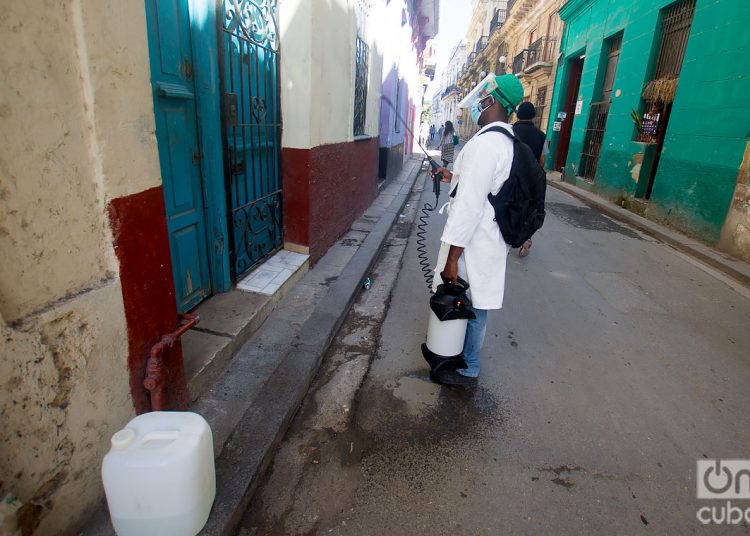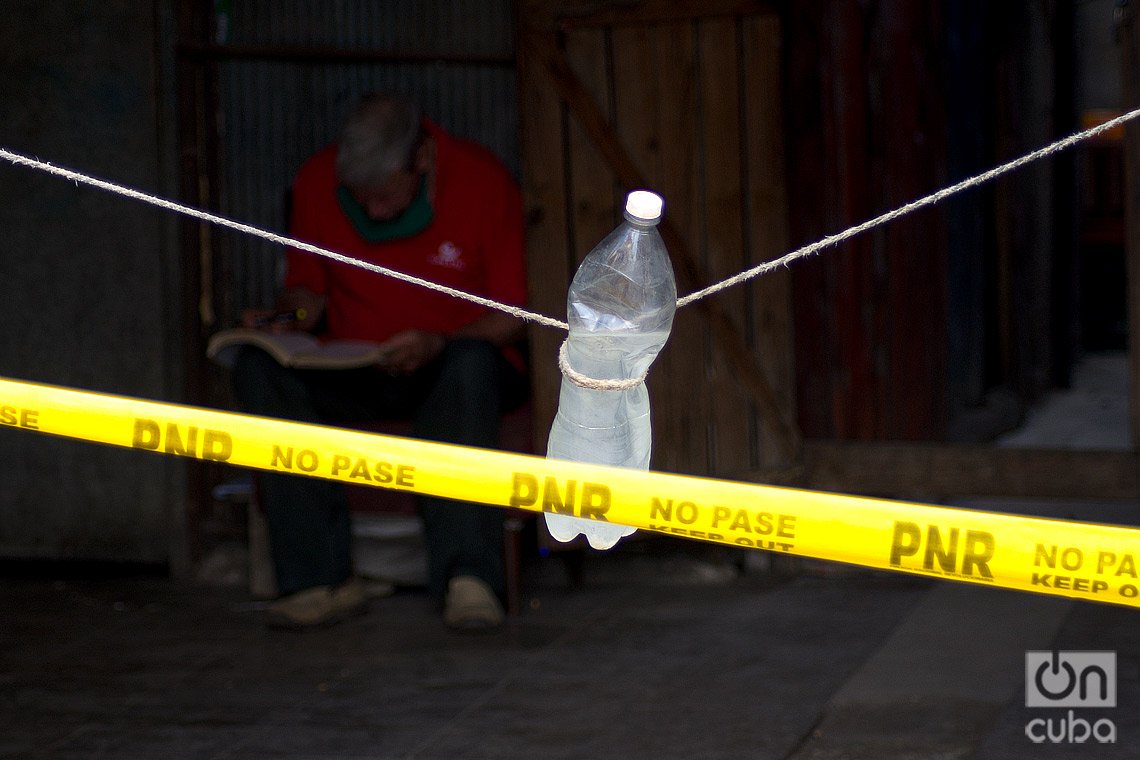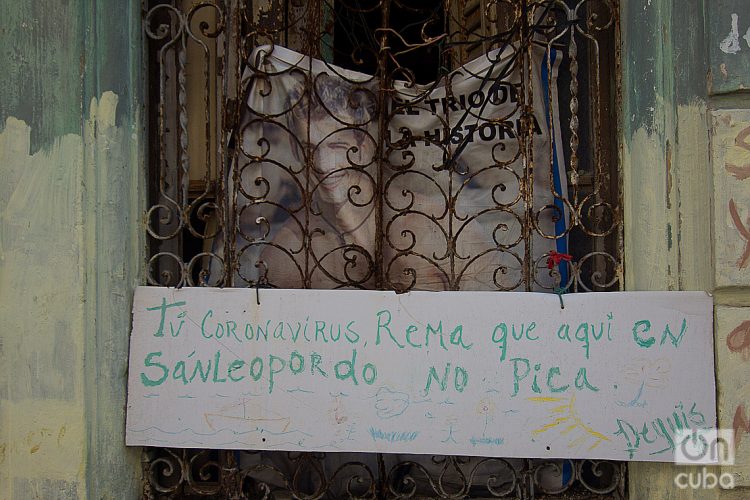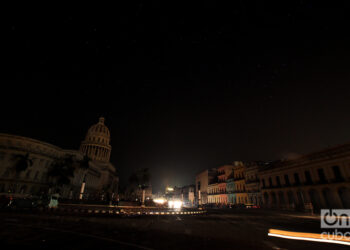The coronavirus got to Cuba a year ago to change the lives of the island’s inhabitants. It made them cover their faces, change their routines, spend much more time at home, deprive themselves of large events and public celebrations, limit travel and social interaction. All this, moreover, in a difficult economic situation, further hardened by the pandemic.
In these 12 months, SARS-CoV-2 spread to practically all Cuban provinces. The same in Pinar del Río as in Guantánamo—only Yateras doesn’t yet report autochthonous cases—, Matanzas and Camagüey, COVID-19 has left its terrible mark, to already exceed 60,000 infections and 365 deaths throughout the country. But if one territory has been particularly hit, it has been Havana.
1. Photo: Otmaro Rodríguez.
2. Photo: Otmaro Rodríguez.
3. Photo: Otmaro Rodríguez.
4. Photo: Otmaro Rodríguez.
5. Photo: Otmaro Rodríguez.
6. Photo: Otmaro Rodríguez.
7. Photo: Otmaro Rodríguez.
8. Photo: Otmaro Rodríguez.
9. Photo: Otmaro Rodríguez.
10. Photo: Otmaro Rodríguez.
The Cuban capital has been the epicenter of the epidemic throughout all these months and has already accumulated more than 27,000 infections, around 45% of those detected in Cuba so far. Its rate of cases per 100,000 inhabitants is 1,208 in the year since the first infections, by far the highest on the island. The Cuban capital also leads the country negatively in the last 15 days, with a rate of over 270 confirmed cases.

At this point, in the midst of the third wave of the disease in the country, the city of Havana maintains more than a thousand outbreaks and five active transmission events; while a wide group of measures and restrictions are in force to contain the spread of the virus, although in practice the theory is not always fulfilled.

But beyond the figures and the provisions, the graphs and the reports, reality shows its own images: the portraits of a city that insists on moving forward, even between billboards and yellow ribbons; of a city that, despite limitations of all kinds, has been adapting to its new daily life and tries to make it look as close as possible to what it was, what it wants to be.
1. Photo: Otmaro Rodríguez.
2. Photo: Otmaro Rodríguez.
3. Photo: Otmaro Rodríguez.
4. Photo: Otmaro Rodríguez.
5. Photo: Otmaro Rodríguez.
6. Photo: Otmaro Rodríguez.
7. Photo: Otmaro Rodríguez.
8. Photo: Otmaro Rodríguez.
9. Photo: Otmaro Rodríguez.
10. Photo: Otmaro Rodríguez.
11. Photo: Otmaro Rodríguez.
12. Photo: Otmaro Rodríguez.
This is how the Cuban capital enters 2021, with its willful, tenacious, dreamy people. The same people who try to not lose their smile, who strive to take care of their health and the economy—although sometimes the situation forces them to privilege one over the other—; the same one that lends their arm to test a hopeful vaccine and crowds in a queue so that there is no lack of food on their table.
Related Posts

There has been and is in Havana all this, and more, on a par with the coronavirus. And there will continue to be all that and surely more, even if the pandemic—as we all hope—becomes a thing of the past, and there will be different scenarios and challenges. The images will be there for the world to see, to tell.












































